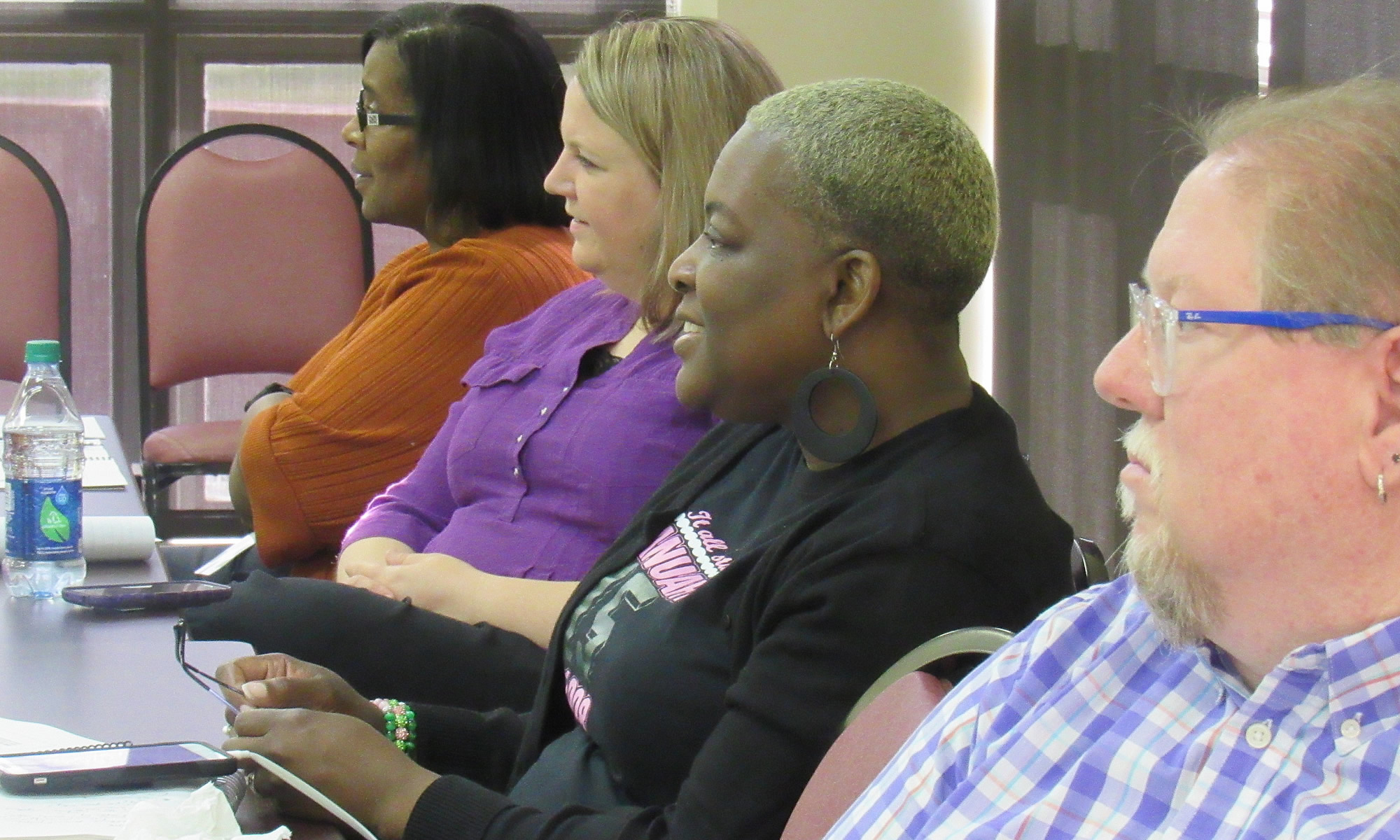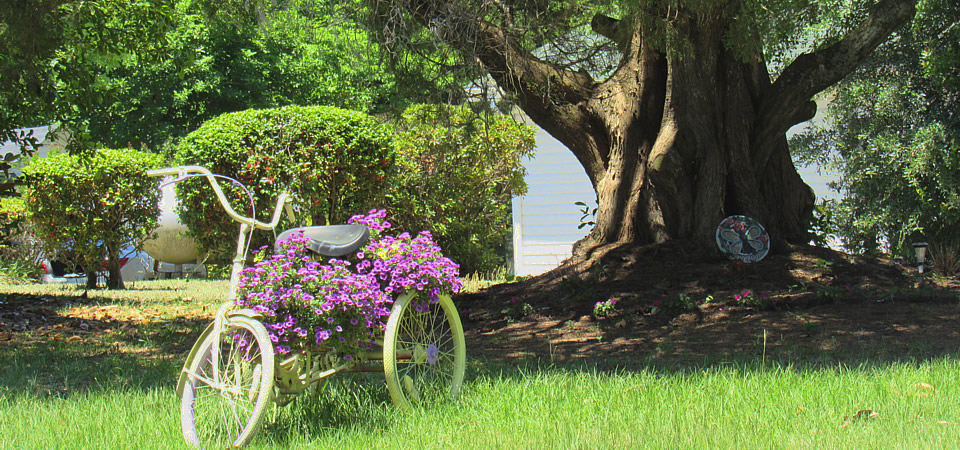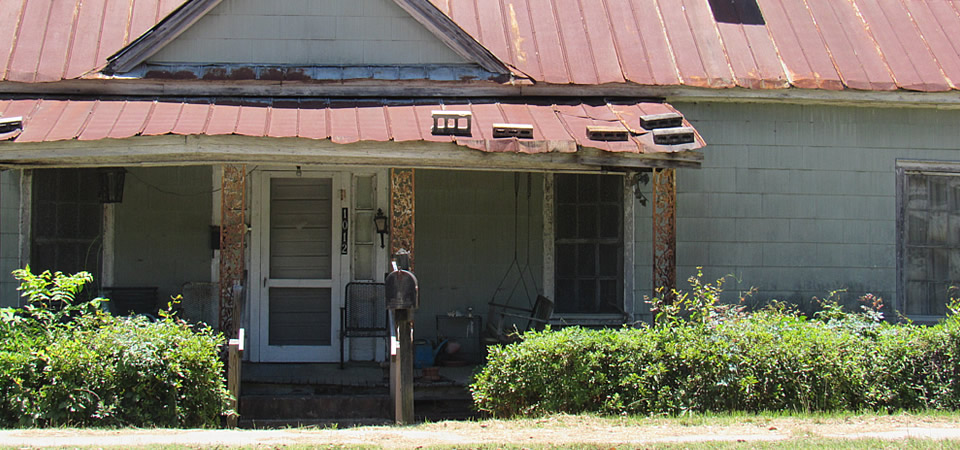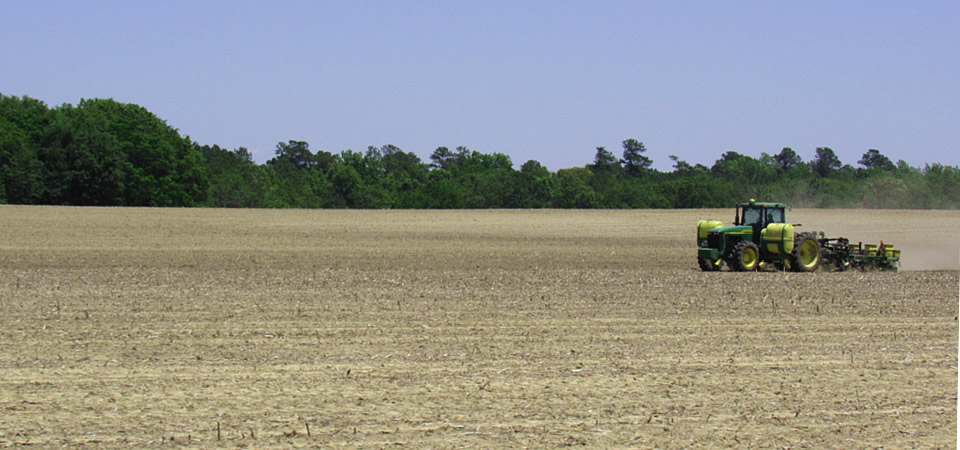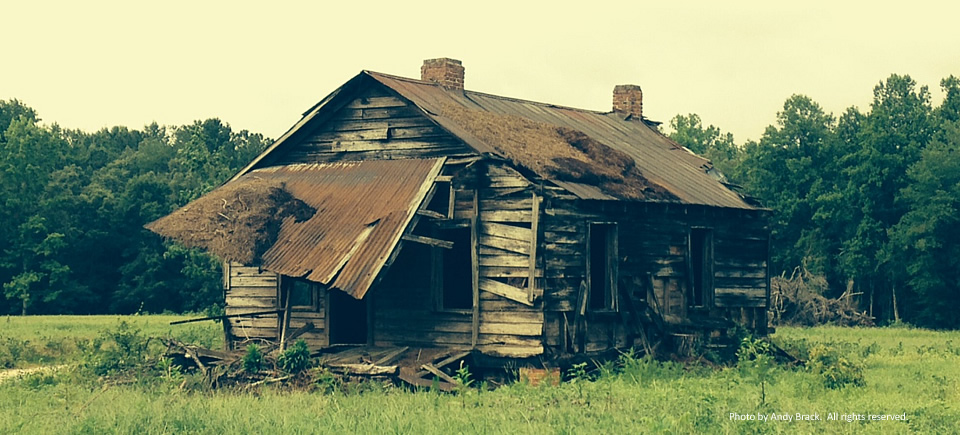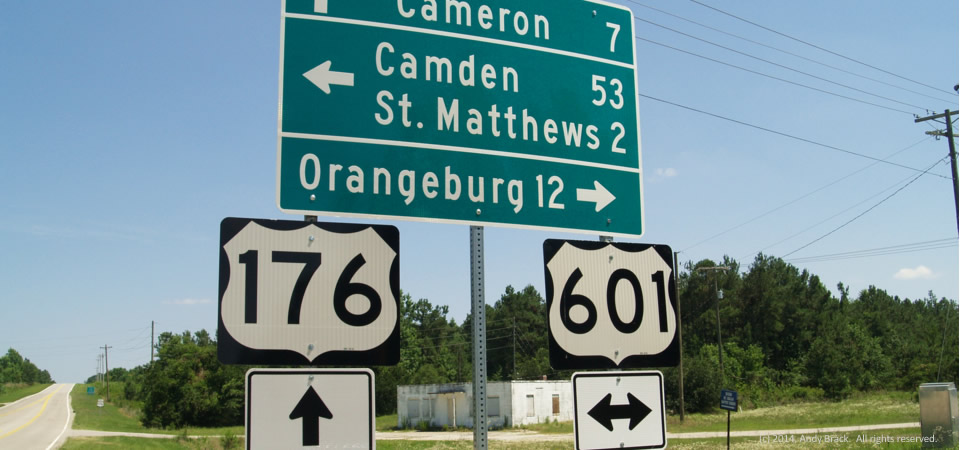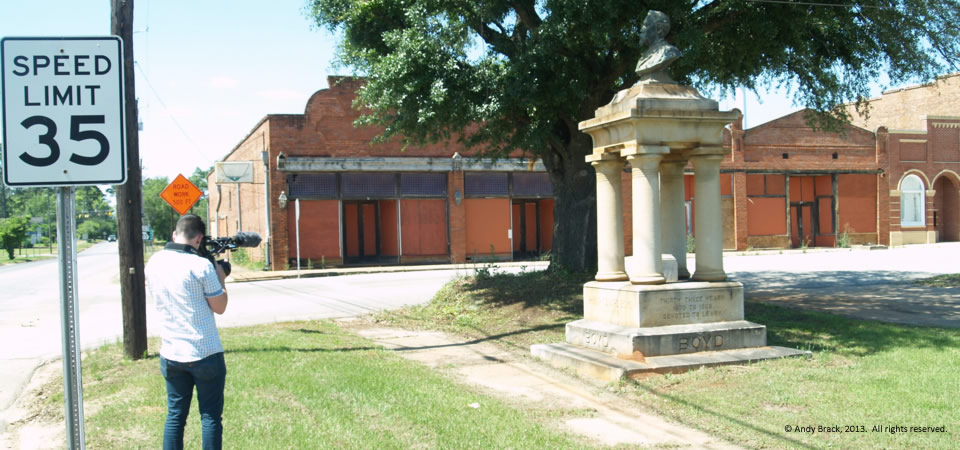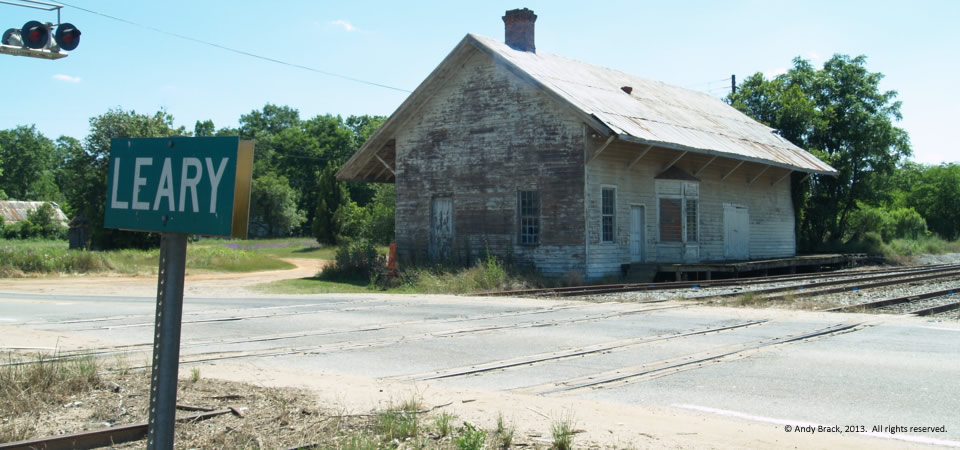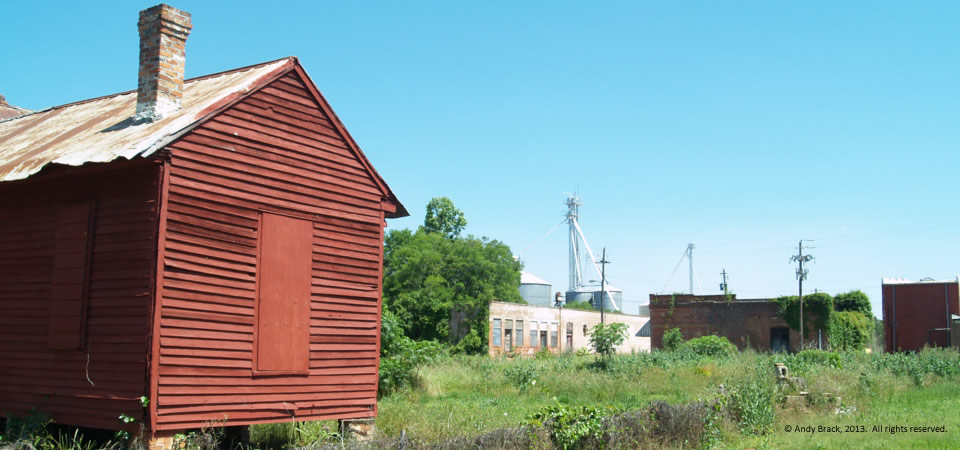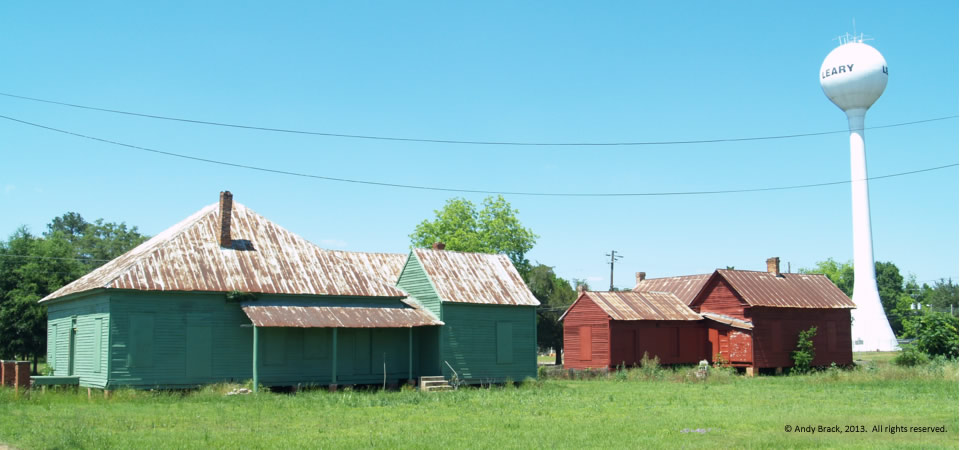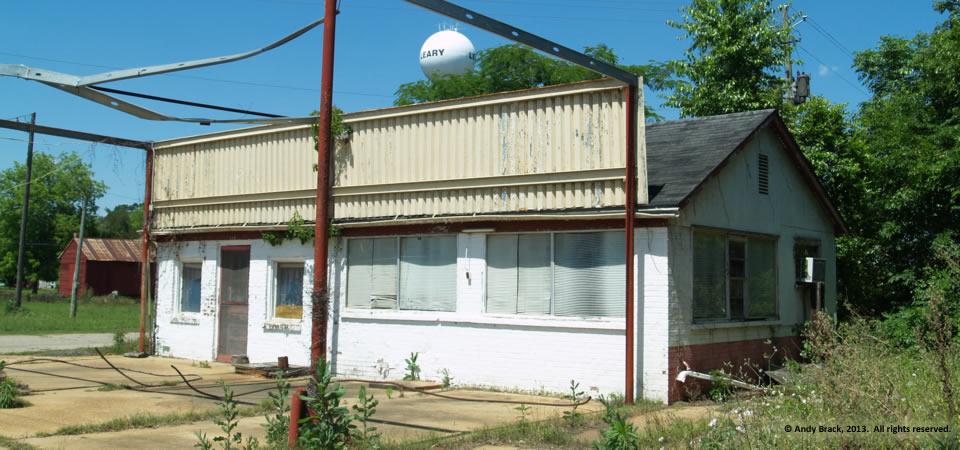After seeing these petunias growing outside a house in St. Matthews, S.C., on a plant stand made of a three-wheeler, it’s pretty clear that spring is in full swing and summer is just around the corner.
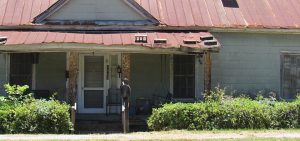 About a quarter of the population of the town is at or below the federal poverty line, according to this article. More than 60 percent of residents of the town, which is Calhoun County’s seat of government, are black.
About a quarter of the population of the town is at or below the federal poverty line, according to this article. More than 60 percent of residents of the town, which is Calhoun County’s seat of government, are black.
The county is home to just over 15,000 people, which makes it the third least populous county in the state. It’s also the smallest geographically in the state. Named for former Vice President and U.S. Sen. John C. Calhoun, about 16 percent of families live below the poverty line. More.
Photo by Andy Brack.
